Want to contribute to this article?
No man is an island, but the same can be said for businesses.
Every business wants to be best-in-class, blow their competition away, and embed real, lasting quality management.
But while they get their houses in order by accrediting to ISO 9001, 14001, 27001 and so on, their supply chain is neglected and prevents full-scale improvement.
You work with suppliers - it's inevitable.
So here are 6 things you can do to extend your quality ethos up your supply chain and strengthen your operation from the outside in.

1. Risk-based thinking
Risk-based thinking is the dominant rising trend in the modern quality standard.
Since its introduction into ISO 9001 back in 2015, the application of proactive, control-centric risk management has spread like wildfire from standard to standard.
Considering how internal uncertainties affect your business objectives is all very well - but have you taken into account the uncertainty stemming from your supply chain?

Third parties are often a weak link for otherwise well-oiled and controlled businesses - we might think of KFC's 2018 crisis, for example.
If you haven't already, start thinking about the core risk management techniques below and how to apply them to your supply base.
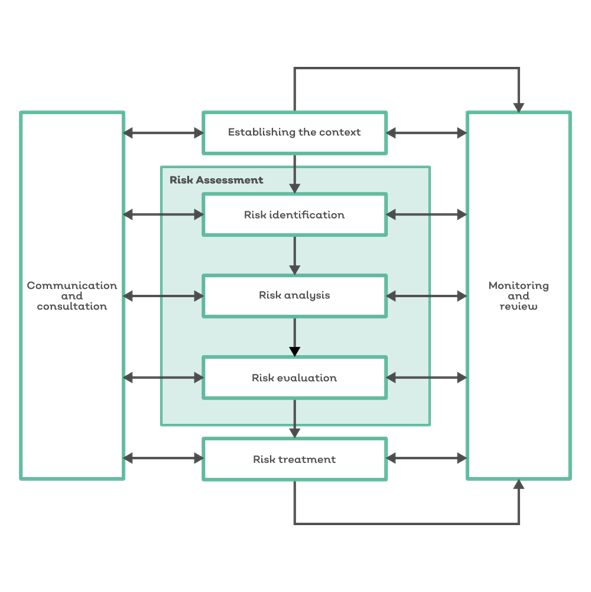
Core supply chain risks include:
- Credit
- Health and safety
- Slavery and work ethics
- Sustainability
- Compliance
- Operational
- Currency fluctuations for international suppliers
If you want to brush up on your risk management knowledge, start with our ISO 31000 webinar recording.
2. Supplier-enabled innovation
How does your business come up with fresh ideas to keep your product offering disruptive and differentiated?
Plenty of businesses do the right thing and listen carefully to customer feedback and demand. They conduct careful market research and develop their products to match perceived market patterns.
But what about listening in the other direction - to your suppliers?
Supplier-enabled innovation (SEI) is a useful technique for dramatically increasing your own ability to innovate and develop.
Major multinationals like Johnson & Johnson and Bayer apply SEI to bring new products to market quicker and with fewer hurdles than their competitors.
Procurement teams are employed as scouts for particularly innovative potential suppliers, typically those with a high proportionate R&D spend and clearly defined long-term product roadmaps.
Don't simply look for the cheapest supplier - bake 'innovation thinking' into your supplier sourcing processes and look for those who will help make a long-term positive benefit to your own business.
3. Apply technology where you can
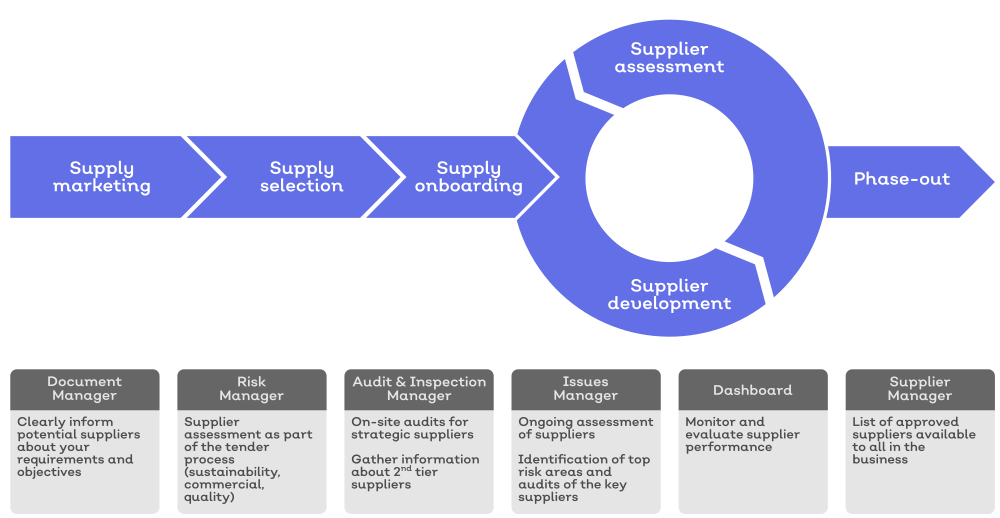
Stuffing an ERP system with supplier data is the limit of some businesses's technological grasp of their supply chain.
Those making full use of technology do so to automate and streamline all facets of their supply chain management, from controlling contractual and SLA information to tracking supplier performance and auditing potential suppliers.
A holistic electronic supplier management system will make long-term management of your supply base simpler and more collaborative, providing greater visibility of potential risks and opportunities.
And supplier portal functionality within a system like EQMS allows businesses to seamlessly extend quality control to their suppliers by providing customised to do lists, prompts and reminders.
4. Don't be afraid of green
In the same way that onboarding an innovative supplier can be a shortcut to developing and improving your own product range, targeting sustainable and environmentally-conscious suppliers offers tangible benefits for your business.
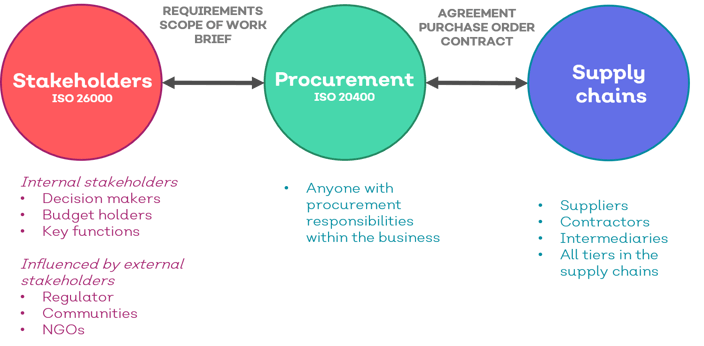
Aligning your key stakeholders and procurement teams with sustainable suppliers promotes:
- Company image and brand (green is PR gold!)
- Less supply chain wastage
- A lighter carbon footprint and lean, collaborative supplier relationships
5. Quality culture
51% of procurement leaders in a Deloitte survey last year felt their teams did not have the necessary capabilities to fully deliver their supply chain strategies.
A real culture of quality can't be built overnight - it needs careful planning of competencies and how to develop them.
Key training areas for robust supplier management include:
- Digital and business intelligence analytical skills, as 'big data' becomes increasingly significant
- Technical procurement skills, such as strategic sourcing and negotiation skills, supply market and spend analyses
- Soft skills, such as conflict and relationship management
- As discussed above, risk management
Connecting your employee base and your supply chain with a single quality agenda will foster stronger long-term relationships and help align your objectives with strategic coherence.
For more guidance on building a culture of quality, try our free toolkit.
6. Value mapping
Closely connected to a culture of quality is value mapping.
While the traditional dominating mindset of procurement teams has been to reduce costs wherever possible, a more open, structured and mature mapping of supply chain values will help guide a world class supplier management initiative.
Moving beyond pure cost-cutting to considering new definitions of supplier value will shift your supply chain from necessity and business add-on to strategic tool.
Bring leadership on board to discuss how business suppliers and partners can contribute to long-term business strategy, considering areas like:
- Brand and identity
- Risk
- Revenue growth

Get internally aligned around core supply chain values before moving towards new suppliers.
Rather than putting your procurement teams at odds with your suppliers' sales teams in areas like logistics, operations and finance, partnering around value creation will make supplier relations smoother and more collaborative, and give your procurement team a solid base on which to assess potential new partners.
Next steps
To progress your supplier management journey, access our free toolkit:




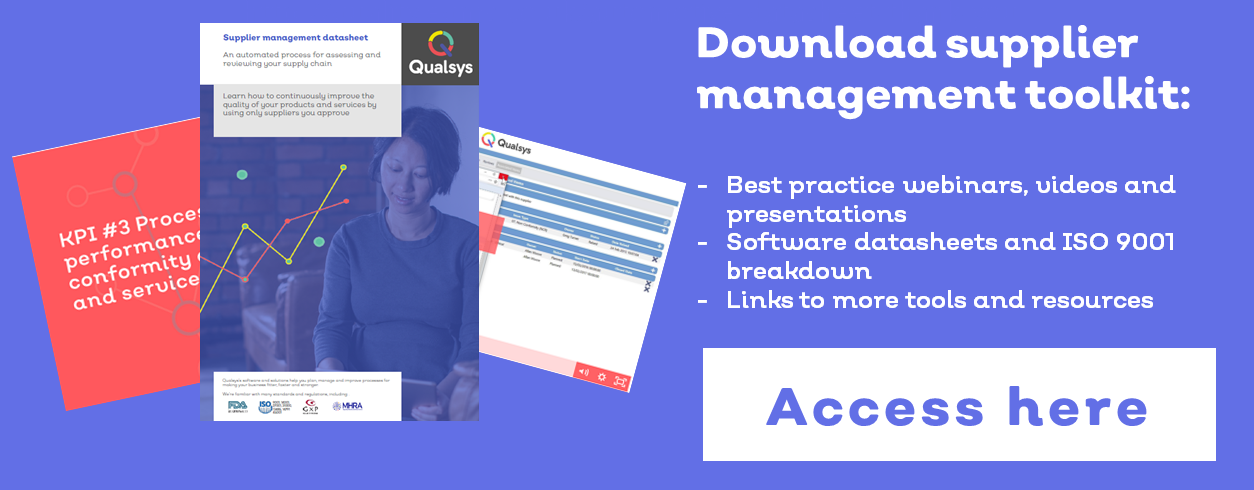
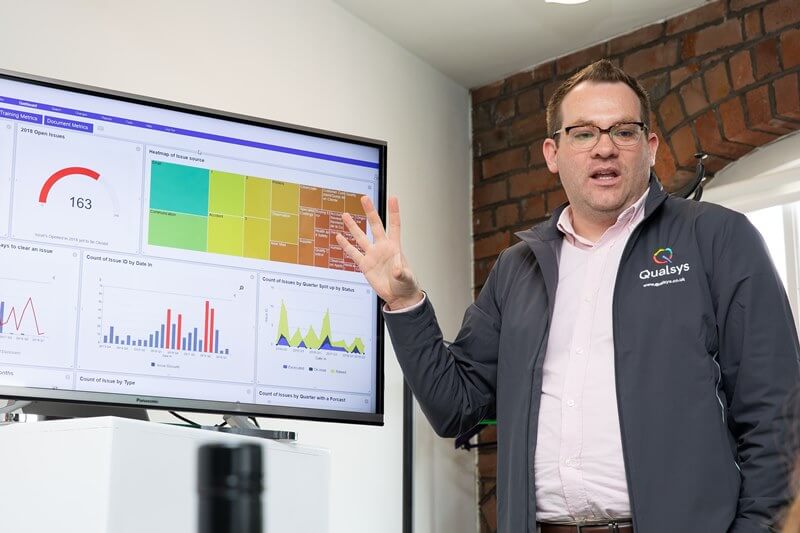


Share your thoughts on this article